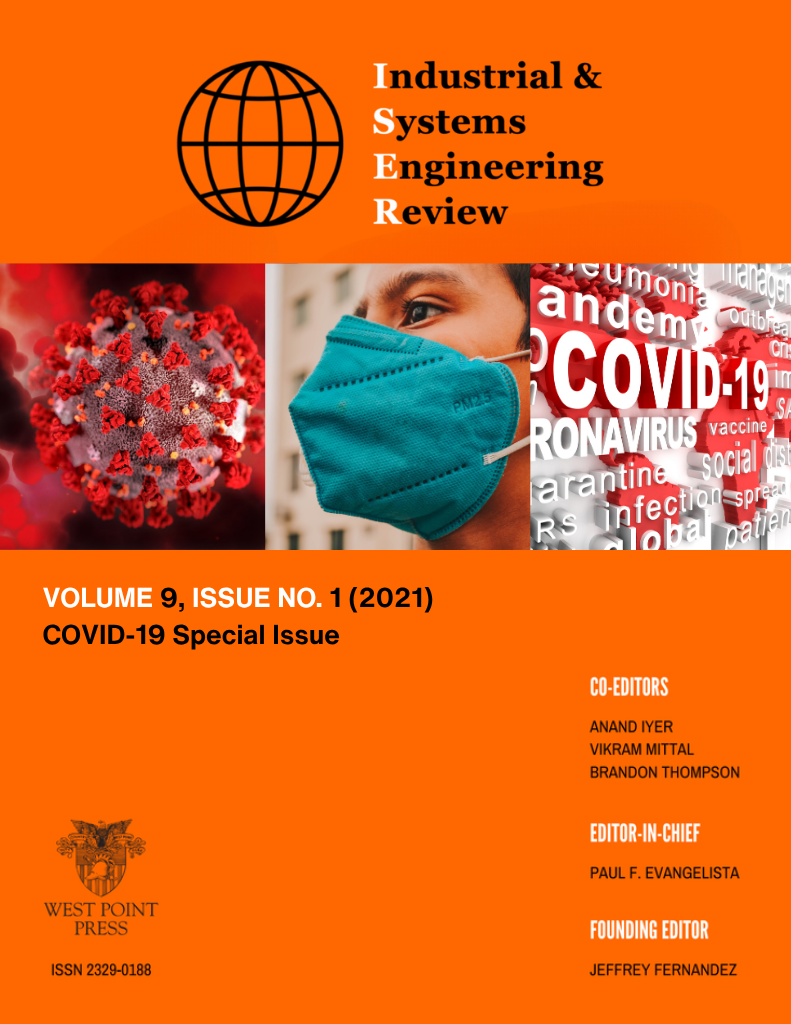Production Planning and Emergency Inventory for Demand Surge in Health Supply Chains for Pandemics like COVID-19
Main Article Content
Issue section:
Research
Keywords:
Pandemic, Production Planning, Demand Surge
Abstract
This research considers modeling production and inventory quantities in the presence of demand surge due to pandemics like COVID-19. The aim of this research is to help health care organizations better prepare and respond to a demand surge due to a pandemic. A large-scale pandemic such as COVID-19 can cause an overwhelming demand for urgent medical supplies on very short notice. Well-established supply chain planning and modeling are necessary to avoid any national level or company health supply chain problems resulting from demand shortages. This paper addresses the issues from a supply chain perspective. The need to be prepared for any surge in demand is addressed in terms of emergency inventories, including those of Work-in-Process and finished goods. Linear Programming models are developed to minimize the costs of production, inventories, and transportation of goods from one stage to the next stage. Several scenarios are tested out for various levels of demand, cost, and capacities.








